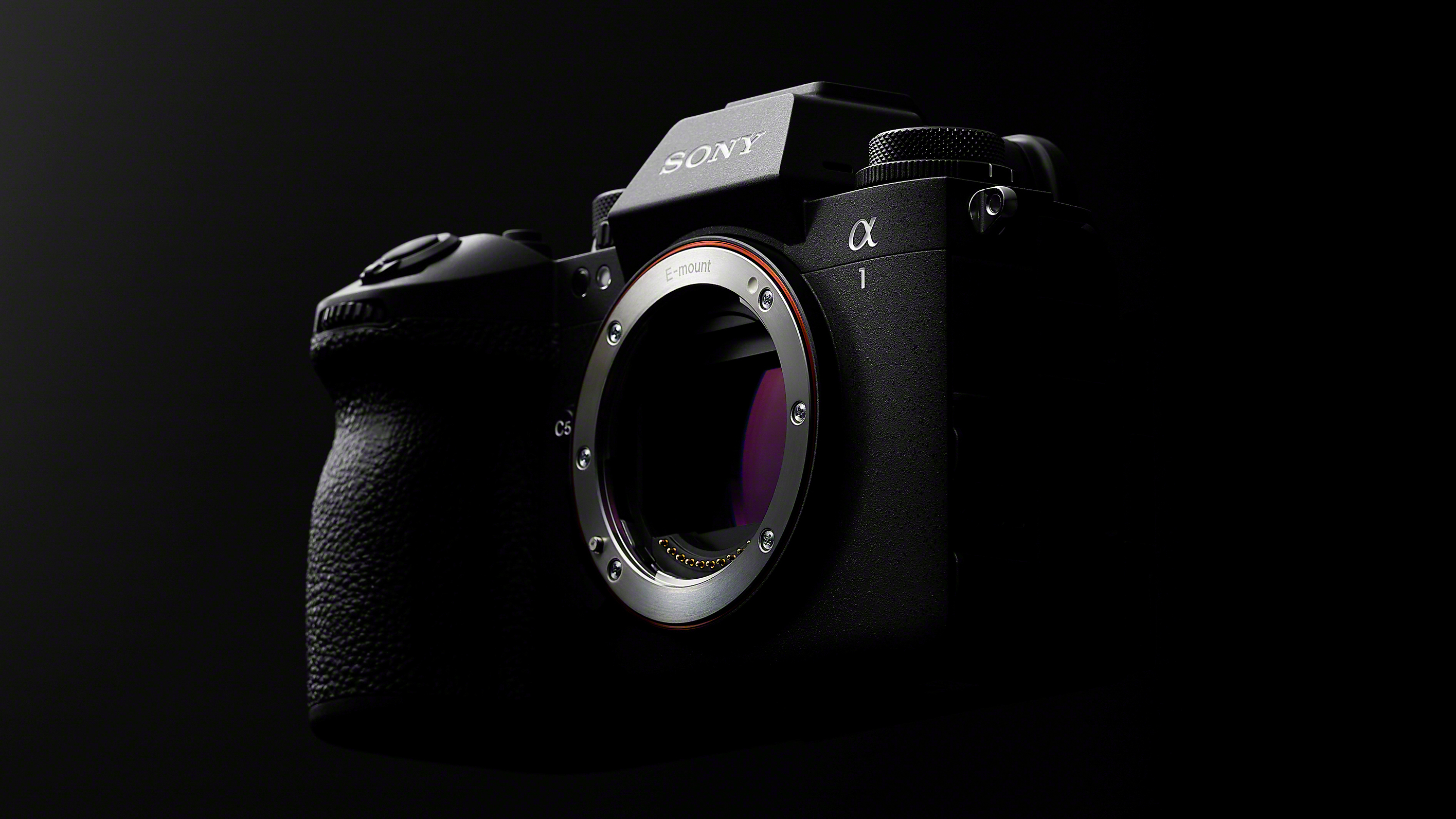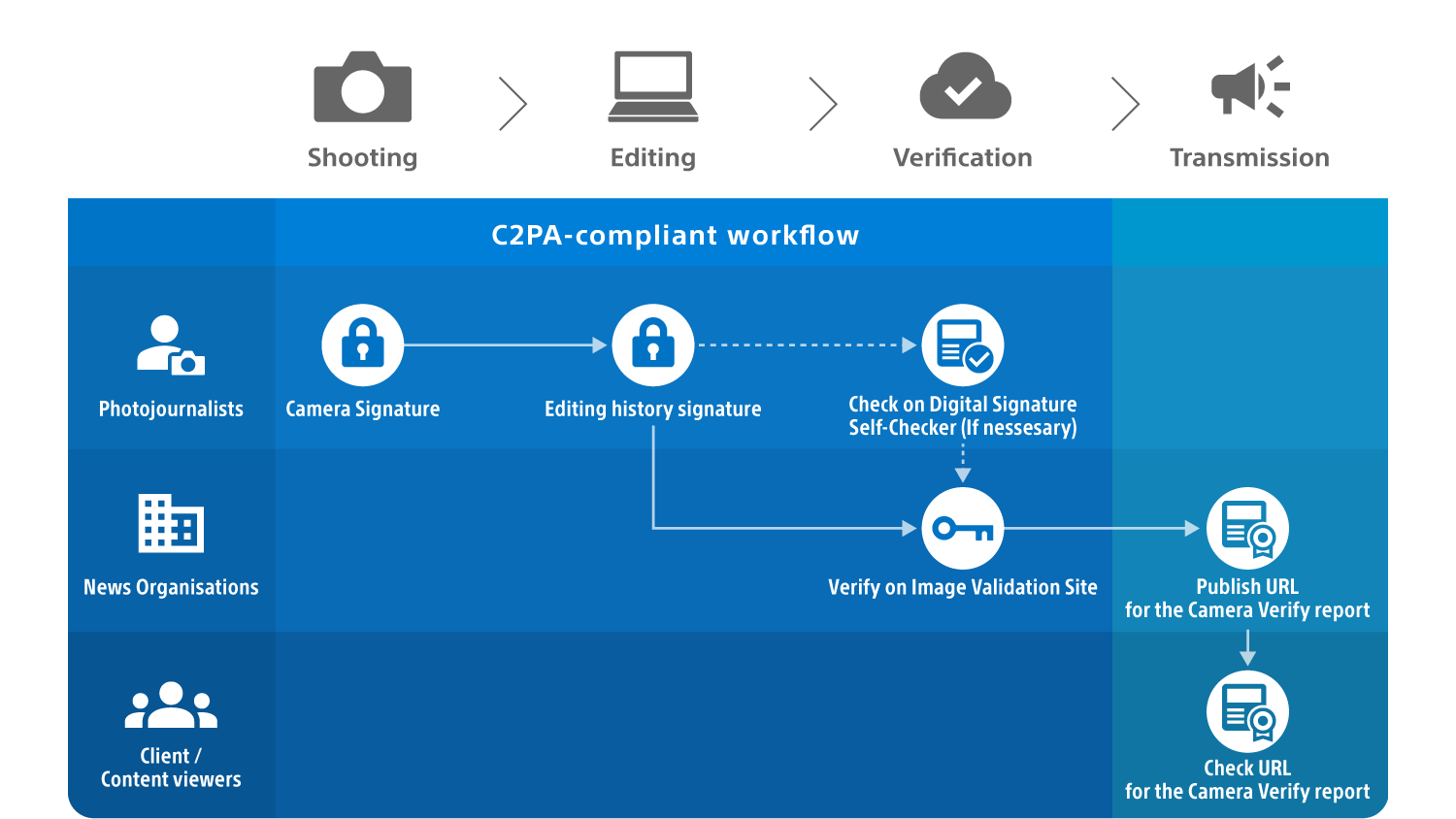
In today's digital world, maintaining trust in photography and photographers is more crucial than ever. We've seen legitimate photographers unfairly accused of using AI or manipulating their images – that's bitter and should not happen to any of us!
To offer more security is not just a challenge for Sony, but for all industry media giants and social media platforms – as you may have noticed, some do more than others, and some do it better than others. Now, Sony stepped up to fight combat fake content with its innovative Camera Verify technology.
Camera Verify goes beyond the 'basic' camera information we know. When photographing, it actually analyzes the scene and embeds 3D depth information to determine if the photograph originated from a real scene and subject. This makes this technology incredibly effective at detecting AI-generated images or even sophisticated manipulations (think photographing composite manipulation, for example, a TV screen). This is especially important for photojournalists.
Sony's Camera Authenticity Solution, including the new Camera Verify, is built on the C2PA standard (Coalition for Content Provenance and Authenticity; an open technical standard that allows tracking the media origin and provenance to ensure information transparency).
Camera Verify works with Sony cameras, including the A1 II (Ver. 2.00 or later), A1 (Ver. 3.00 or later), A9 III (Ver. 3.00 or later), A 7S III (Ver. 4.00 or later) A7 IV (Ver. 5.00 or later), with the notice that more camera models will be supported in due course.
Camera Verify is currently available as a Beta version, giving you a sneak peek before its official release. Right now, it's focused on still images, but Sony plans to expand support for video content after fall 2025.
So, how does it work?
Camera Verify creates a unique, cryptographic digital signature – some compare it to a "image birth certificate". It doesn't just embed standard metadata that you are already aware of (if not, please look into this!), like the camera's serial number, timestamp, and GPS data: it also uses advanced sensor-based scene validation to generate 3D depth metadata.
This means that your image can be verified as a capture of a physical 3D space/ subject. This tamper-proof system, powered by a secure chip inside your Sony camera, ensures every detail is traceable to the exact moment of capture, affirming your photography's authenticity and originality.
Sony breaks down the key highlights of the Camera Authenticity Solution as:
1) Verification of shoot using a camera
2) Highly accurate verification that a real-life subject was captured
3) Ensuring transparent editing history in compliance with C2PA format

Sony offers a 'Default Certificate' (free) and a 'Digital Signature Upgrade License'. Both options provide a great digital safeguard of image metadata, so you can share your work, knowing you can withstand false accusations of AI generation or heavy image manipulation.
The proof can be verified instantly on Sony's Image Validation Site by issuing external sharing URLs, so third parties can view the image's verification easily.
This technology brings us one step closer to detecting credibility and trustworthy visual information and reducing the spread of fake news and misinformation. So, if you have a Sony camera, look into this and visit the Sony website for more information.
You might like...
If you are a Sony shooter or want to change systems, here is our guide to the best Sony camera, along with the best Sony lenses.







